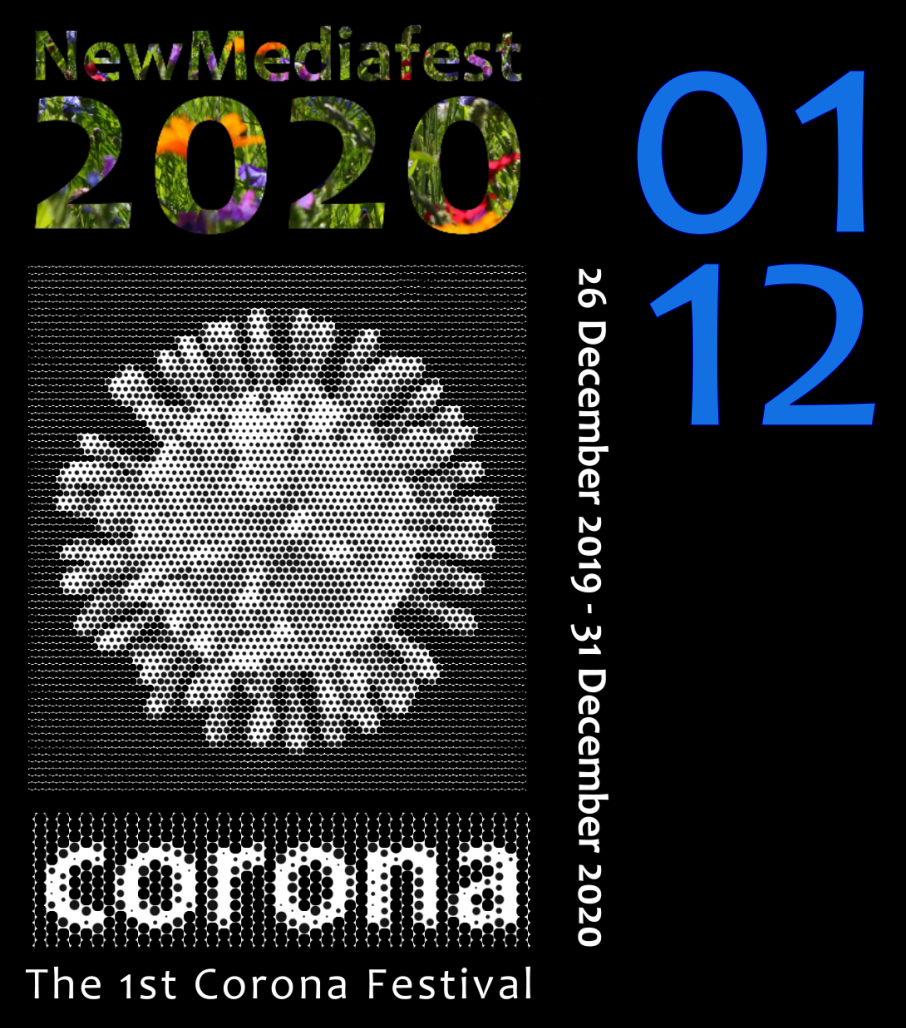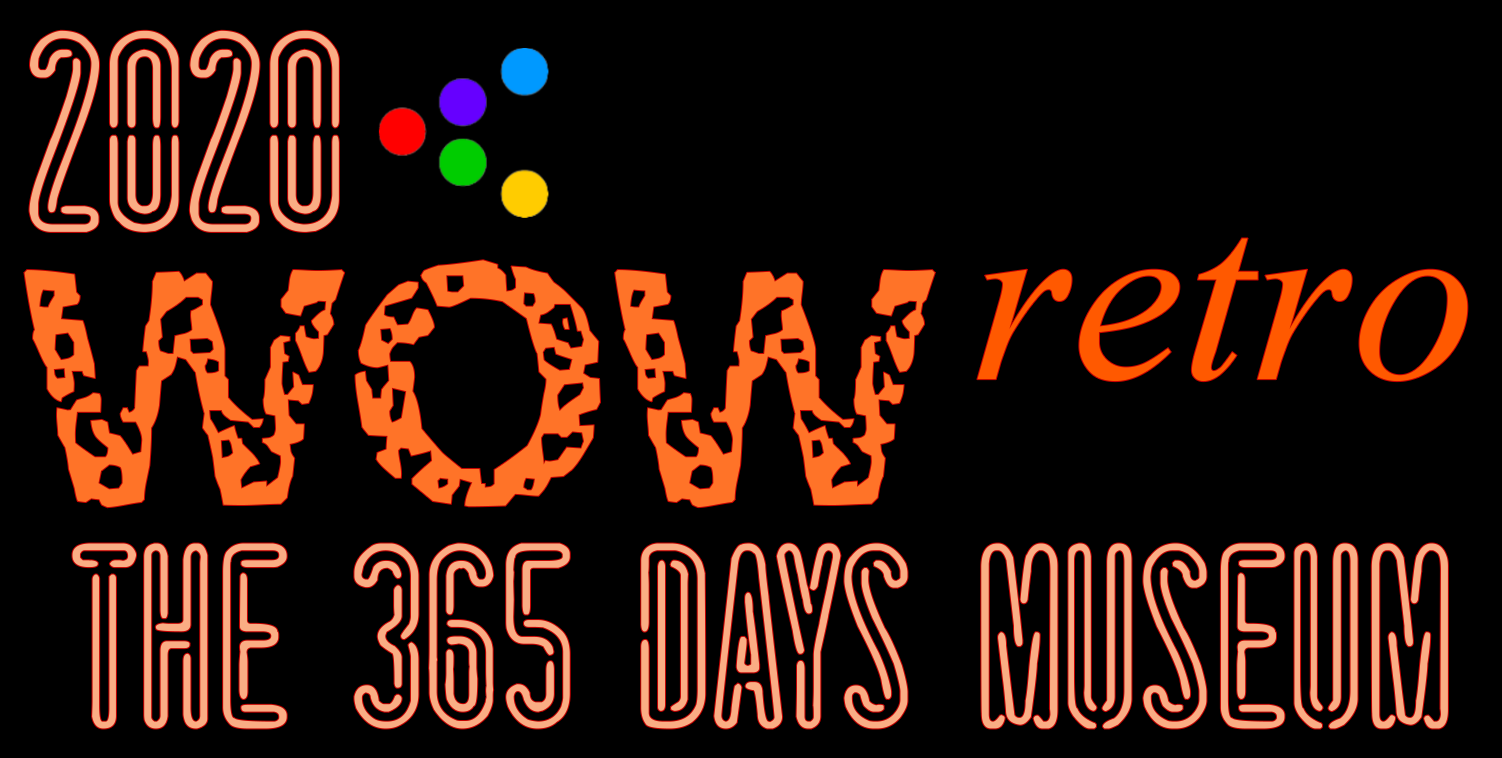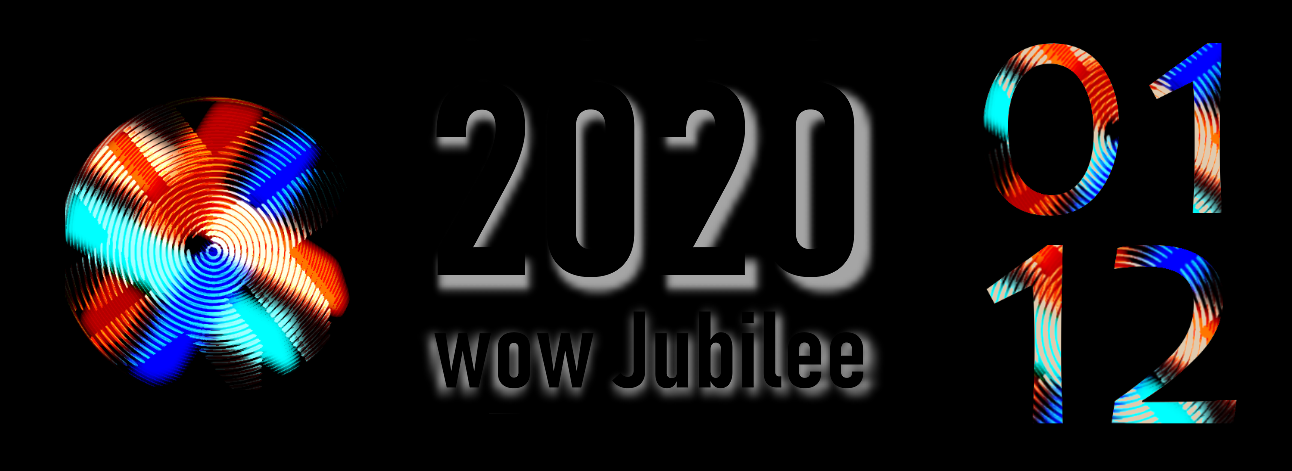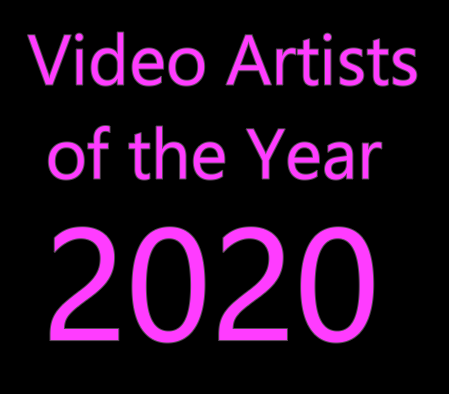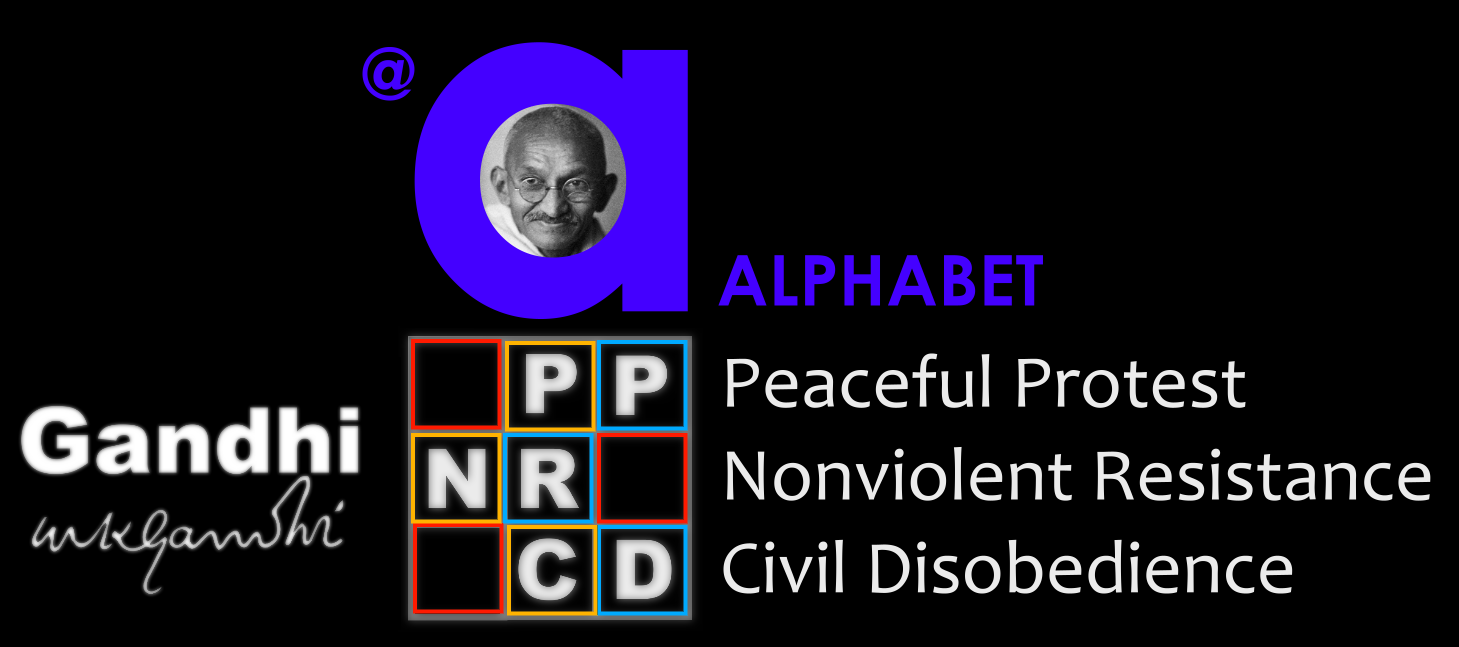video feature
Netartist of the Month September 2020
STANZA


Netartist of The Month September 2020

STANZA was the 1st netartist featured in September 2001 on “Le Musee divisioniste”- the predessessor of The New Museum of Networked Art. He was participating afterwards in many of the JavaMuseum shows. Although many of his earlier net based works suffer from the discontinuation of Shockwave and only cuts of them are still archived, the still existing worksusing different codes have still the freshness as in the days of creation, and therefore they transport the spirit of that time to our days. STANZA remained true to himself, because he was developing his electronic technology based art further on, creating sometimes gigantic landscapes consisting of electronic components generating particular, very singular esthetics. The feature is showcasing some of the early netbased works, inviting the user to interact and some of the later electronic art works, giving in total an idea of the broad bandwidth of his artistic creations, making the viewer curious for visiting the artist’s site online.
Technical Note 20.8.2020 by STANZA
Most of my net artworks can no longer be experienced online unless you are using an old computer running windows 95 or windows 7 with shockwave installed. These were all made using shockwave so that they could be placed online however ADOBE has now made the technology obsolete and updates to internet security mean that newer computers cannot experience these artworks as they were intended. I am leaving the artworks here as an archive. They can be requested for exhibition in which case I can send the files and set up instructions.


Stanza is an internationally recognised artist, who has been exhibiting worldwide since 1984. His artworks have won twenty international art prizes and art awards including:- Vidalife 6.0 First Prize Spain. SeNef Grand Prix Korea. Videobrasil First Prize Brazil. Cynet Art First Prize Germany. Share First Prize Winner Italy: His art has also been rewarded with a prestigious Nesta Dreamtime Award, an Arts Humanities Creative Fellowship and a Clarks bursary.

“I engage directly with galleries and private clients, and numerous commissions include work for Quays Culture, Wolverhampton Art Gallery, Watermans Art Centre, FACT, the Open Data Institute, The Goodwood Festival Of Speed. My artworks have been exhibited in over one hundred exhibitions globally. Participating venues have included:- Venice Biennale: Victoria Albert Museum: Tate Britain: Mundo Urbano Madrid: Bruges Museum: Fundacion Telefonica in Madrid: TSSK Norway: State Museum, Novorsibirsk: Biennale of Sydney: Museo Tamayo Arte Contemporáneo Mexico: Plymouth Arts Centre: ICA London: Sao Paulo Biennale: De Markten Brussels: Transport Museum London: Haifa Museum: QUAD Derby: FACT Liverpool: Ars Nova Museum Finland: York Art Gallery: Centre des Arts Les Bain France: Bury Art Museum: Kellen Gallery USA: Shrewsbury Museum: Samsung Media Centre Korea. “
Educated in art at Goldsmiths College University of London in the early eighties, he later went on to study at Greenwich University and Central Saint Martins Art College London. Stanza returned to Goldsmiths College as a AHRC arts research fellow.
Stanza was one of the first artists to use the internet as an art medium. His major online projects include the Netart archive, soundcities.com (a global soundmap project), genomixer.com (DNA-based artworks), thecentralcity.co.uk (urban and city systems), amorphoscapes.co.uk (generative painting), and soundtoys.net (an online curated art portal).


Soundcities is an online database of the thousands of sounds from around the world and you can visit the various cities and create soundmaps.
Soundcities was the first online open source database of global city sounds and soundmaps, using found sounds and field recording. There are now thousands of sounds from around the world on the website. This project allows the audience the possibility to remix the thousands of sampled recordings in an online database. The sounds can be listened to, used in performances, or played on mobiles via wireless networks. The soundcities database is also open so anyone can upload sounds they collect from world cities, thereby making a valuable and collaborative contribution to the project and helping to make this online sound archive.
The sounds of cities give clues to the emotional and responsive way we interact with our cities. Cities all have specific identities, and found sound create understanding about the people that inhabit these spaces, as well as provoking us and stimulating our senses in a musical way. I am interested in the sounds of specific places, and how the sounds reflect this identity and re-imposes characteristics back onto the location or environment. The aim is to create an online aural experience that evokes place, both as literal description but also developed musical composition. The sounds of cities evoke memories, loss, love and hope.
The soundcities project is growing labyrinth, a community of evolving aural cityscapes. The city is its own music, constantly evolving, a beautiful composition of squeaks, clanks, and pulses. The city is the orchestra. As globalization fractures the identity of the city experience we start to find things that appear the same the world over. Soundcities involve making field recording, literally the sounds we hear as we walk out of the door. Not just as noise (data) or as noise pollution but also as an appreciation of sound and how this not only affects the space but is the space. The noise is the city, the noise is the music, the city is the orchestra and we are just conductors whose interactive actions compose this music as we walk around. We control the interface of the city as we navigate the streets. We are responsive in our interactions of the city space.
Stanza has spent the last 20 years traveling to over 60 worldwide cities. During this time he has collected and recorded the sounds from these cities to start this project off. The result is this Soundcities sounds archive that is now an open platform the worlds first online database of city sounds and soundmaps. The archive is a resource to make spatialisation and sonifications of the environment based on the analogue recorded sounds. The concept started in 1995and i n 1996 Stanza devised the term soundmaps and initiated the various works that developed into soundcities.com. Stanza’s interactive soundmaps have been online since 1997 and the Soundcities database since 2004.


enter – Central City
An interactive net artwork by Stanza. 1996 – 1998
The Central City is an audio visual, interactive, net art, experience. The Central City consists of text pieces, embedded sounds, all made for the internet. The city becomes an organic network of grids and diagrams, juxtaposing urban sights and sounds. There are now over 30 areas of the Central City, and each area has lots of things within each section so chances are you won’t find everything. Each area has multi soundtracks and multiple choices of pictures, using generative audio and image environments built into 3 d spaces. In total there are now over thirty areas of the Central City, and each area has lots of things within each section.
The works in The Central City have the following titles:- universa constructor videotron megalopotron univercity smallworlds textourama elevator maputor proser city central citoxity fostexity textus sounder randomizer cuboid matrixity advercity fibrinet.
NB 2007.This work was made for pentium II or mac G3. Some areas of this project run too fast on the new G5 mac or dual core. This unstable nature of software is the reason to archive, screen shot and re version this work. Originally this work was presented online without documentation ie just in the form of net art, without any texts and looked like this:
International Awards for this project. VIDA 6.0. 2004. Links first prize Porto 2001, Videobrasil Sao Paulo 2001 first prize, Cynet art 2000 first prize.
Exhibitions for this project (selected) This net art project in various forms has also been exhibited at.
museo tamayo arte contemporáneo 2002 + fluxusonline 2002 + cosign germany 2002 + fcmm montreal 2002 + physical vs. logical space , austrailia + cinemania(c) croatia 2002 + arte digital cuba 2002 + isea japan 2002 + Garage Festival Germany 2002 + Senef korea 2002 + nimes 2002 + emaf 2002 + siggraph usa 2002 + soundtoys 2002 + cybersonica 2002 + Fused 2002 + Sao Paulo Bienale 2002 + Zeppelin Barcelona 2002 + Net.art in 4L Istanbul 2002 + Immedia 2002 usa + Net-working 2001 + Soeul Net art 2001 + Generative Art 4th GA2001 + A Fair Place Turkey.2001 + McLean Project Casting a Net USA 2001 + Art Image Graz 2001 + Video Lisboa Lisbon 2001 + Impakt Utrecht 2001 + Medi@terra Greece 2001 + Cynet 2001 Dresden + E.I.I.Festival edinburgh 2001 + Garage Festival Germany 2001 + Urban Myths.Israel 2001 Independent Newspaper best site of the week 2001 + DLUX 2001 Austrailia + Moscow International Festival 2001 + Sonar 2001 + net-z-lab 2001 + Vdor21/Break21 2001 + Thaw 2001 + arco 2001 + Transmediale 2001 + Architettura in Video 2000 + Netart 2000 + Independent Newspaper best site of the week 2000 + Macromedia’s UCON 1999 + BIMA shortlist UK 1999 + emaf 1999 + Seafair 1998 +


All artworks created using custom made software systems made by Stanza from the body of works called Amorphoscpes from 1996 to 2007. They were all made as online interactive systems ie net art and some have been editioned as touch screens and made as executable software for easier expiation and for collectors.
“These works form part of Stanza’s Amorphoscapes series (which he has been working on since 1996). Unlike existing web-based incarnations, these are limited-edition touch-screens which better demonstrate Stanza’s uncompromising ability to craft technology. These works are exquisitely executed. Aesthetically and technologically they are flawless, standing out vividly against a backdrop of new media art which can be clunky and ill-defined. Even to the untrained eye, or those uninitiated in new media arts, Stanza’s skills and outputs as an artist working with electronic technologies are apparent. ” Charlotte Frost
The amorphoscapes code based series have been exhibited internationally over the last ten years (1995-2005). They have featured at Siggraph, won first prizes at festivals such at New Forms Canada and SeNef Korea. The online web based version have been featured on the BBC and touch screen versions have been exhibited at The Jerwoord Space, Tate Britain and Venice Bienalle. They have also been shown at many conferences and festivals around the world.


In recognition of the pioneering experimental works continually being produced by artists for the internet Soundtoys.net has been established to provide a space for the exhibition of exciting new works by a growing community of audio visual artists, while also providing a forum for discourse around new technologies and the nature of soundtoys. The site is intended to provide a meeting point for this growing community of artists and users, and in addition to the exhibition of audio visual projects, the site contains areas for artists interviews, links to resources, and texts by contributing writers where serious issues around interactive arts, audio visual syhthesis, generative art, and a history of interactivity are discussed. Hopefully it is a fun and entertaining site to visit, while also providing valuable information for all parties.
Soundtoys is now gaining worldwide exposure. In addition to our online presence, Soundtoys is being promoted at numerous other festivals. The site has been reviewed at Sonar, on the Sonify, in the Independent, and on Engish TV, and national tour of selected UK venues happened in 2005, supported by The Watershed Media Centre and funded by The Arts Council Of England.
what are soundtoys?
Soundtoys may take the form of art, games, generative music, interactive environments, shockwave movies, etc.
They could be described as “new audio visual experiences”, or multimedia experiments which explore the parameters of our new media world. They might be described as the fusion of audio and visual output through new technologies made available for the internet. But because this site intends to encourage the expansion of the possibilities of this new media, hard and exclusive definitions should be avoided, and each contributing artist to the exhibition is invited to provide their own views to help develop the dialectic.
The soundtoys site offers insights into the diverse and creative nature of the web which is available to todays ‘creatives’. Increasing numbers of these artists are exploring, researching and playing within the parameters of the medium: Designers, painters, film makers, installation artists, writers, photographers, printmakers, musicians, each bringing to the online audio visual domain their own intent, their skillset, their history. So many threads here interweaving to make this rich ever-evovling tapestry.. This diversity which is inherent to the internet is reflected not least in the variety of technologies explored in the works showing on the soundtoys site; shockwave, flash, vrml, java to name a few.
The synthesis of the visual to the audio is increasingly becoming a central issue in the development of interactive media on the web. The soundtoys.net site is a fusion of the arts and media incorporating a wide range of approaches to the medium of the internet and audio visual practice. The internet has become the the leading economic and artistic tool for our age. Words like ’emergence’ are used to explain the propulsion of these medias into our daily lives. Convergence is used to describe the meeting of medias, and their the fusion through new technology. Our exhibition series and website is for artists to explore the paradigm of audio visual practice. It also functions as a fun site where the new and cutting edge of artistic research is exhibited and can be engaged with as online internet experiences.
The soundtoys site features a journal section which aims to provide a forum for debate around the creative use of new technologies for the internet, past, present and future. All interested parties – artists, writers, programmers, scientists, philosophers – are encouraged to post their related essays, texts, articles and debates, and we envisage that this journal will become a valuable reference and research tool which will inform current practice and future development.


Erroneous404
enter the work
A small footprint for contemplation. The search engine displays information about the information you seek, but the information you seek is no longer there.
In the past five years alone, (1997 – 2002) hundreds of thousands of artworks and websites have been created and leave their footprint of connectivity online. Occasionally these sites last, but more often they are taken down, or replaced when they become obsolete. This is the nature of the internet, of new technology and of emergent systems, things change, situations evolve.
Contemporary artists working online tend to focus on connectivity and realise their work across networks, or within databases and information systems. And while artists are busily creating works as emergent systems, or to create metaphors for situations that evoke connectivity, the web by its varying defaults has created its own emergent system.
Error 404 as dead spaces, as voids, as the death or obsolescence of what was once there – representing a place for contemplation, transience and the eternal hope of renewal. These spaces are the memories of things past. You might come across them by accident, only to find on the error 404 page a description of a page that no longer exists.
But these pages make up an obsolete and emergent system of their own. Probably the most common page of information on the web is a web page that suggests it has no information. And yet these pages are all different, with different layouts, fonts and languages but the same message.
Type ‘error 404’ into a search engine and thousands of results are displayed. Information consigned to the cemetery of the internet.
My favourite website is this space, that has been created not by the process of artistic endeavour but by the medium of the internet itself. It’s a self-regulating body of images and texts. In the sense that it is a space to reflect, a space for memories and feelings, the 404 page creates a small footprint for contemplation.
So in an ideal world, it would be nice to customize your error404.html pages within websites and certainly you can do this, and make artworks to go in these spaces. Then we’d have hundreds of thousands of error404 artworks. Which I guess is like putting a tombstone over the grave.


Virus Codex
enter Virus Codex
These generative artworks of virtual viruses made from online DNA mutations and represented as coded algorithmic systems. Four examples from the Virus Codex series by Stanza.


Universal Singularity V1
enter the work
The technological singularity (also, simply, the singularity) is a hypothetical point in the future when technological growth becomes uncontrollable and irreversible, resulting in unfathomable changes to human civilization.Generative self evolving intelligence system.
Click on the image to Enter and view the artwork. You can go full screen. If you do press refresh or control f5. Artwork by Stanza whose objective is to create a self learning universal system. A unversal machine.
Arcadian Interference System. 2016
enter the work
Artwork by Stanza culling maps from google and that are based on personal data mined from the internet.
Available in an edition of 3. Custom made software system and computer files.


Soundcities – Herd Above The Noise. Online Software
enter the work
The custom software system can play thousands of sounds from around the world and is arranged into a series of online maps. The artwork interface links to the soundcities.com database and the sounds are fed into this online software system. This interactive installation allows the audience as creative user the possibility to remix the thousands of sounds from around the world on various soundmaps. The audience can visits the various cities and mix the soundmaps.
The sounds of cities give clues to the emotional and responsive way we interact with our cities. Cities all have specific identities, and found sound can give us clues to the people that inhabit these spaces, as well as provoking us and stimulating our senses in a musical way. I am interested in the sounds of specific places, and how the sounds reflect this identity and re-imposes characteristics back onto the location or environment. It becomes an online aural experience that evokes place, both as literal description but also developed musical composition. The city is its own music, constantly evolving, a beautiful composition of squeaks, clanks, and pulses. The city is the orchestra. As globalization fractures the identity of the city experience we start to find things that appear the same the world over. Soundcities, involves field recording literally the sounds we hear as we walk out of the door. Not just as noise (data) or as noise pollution but also as an appreciation of sound and how this not only affects the space but is the space. The noise is the city, the noise is the music, the city is the orchestra and we are just conductors whose interactive actions compose this music as we walk around. We control the interface of the city as we navigate the streets. We are responsive in out interactions of the city space.
The system works in auto mode if no one uses it or can users can interact and choose the sounds that get played (Its both interactive and generative) The online interface uses the Soundcities online database of the thousands of sounds from around the world.

The Agency At The End Of Civilisation. 2014
A digital art installation manipulating data and systems of surveillance into more systems of control while at the same time merging fictionalized or false narratives which have been threaded into the installation by merging the various data sets. The artwork incorporates notions of future predictive software as an artificially intelligent machine while at the same time exploring time from multiple perspectives in what Stanza calls a “Parallel Reality”.

The artwork “The Agency At The End Of Civilisation” is a real time interpretation of the data of millions of data sets from the UK car number plate recognition system which are aligned with real time images from one hundred CCTV surveillance cameras in the region of South of England. The installation presents all this as a spatialised audio visual experience of spoken texts and generative visuals using custom made software. The audience engages with the work as observer (of the surveillance and recorded space) looking at 24 screens, a dozen speakers, and a labyrinth of CCTV cameras built as an art installation presented on a plinth.

The custom made software system uses and accesses real time transport data gathered through the transport systems around the South of England. Stanza builds a cacophony of narratives of mass information which create an overseeing system of control in public space. Custom made software interrogates the information flow in real time and re-purposes it tell us a new and different story. A new narrative is created by Stanza with a custom made future predicative software that runs in parallel to traffic data and Stanza imposes his systems to create a different series of events that come into play. The control system is under more control and re-manipulated to re/direct attention wherever the system wants.


The Nemesis Machine

The Nemesis Machine – From Metropolis to Megalopolis to Ecumenopolis is an ever evolving artwork, always different and always expanding. It has become a multi layered installation incorporating concepts of data ownership, surveillance, real time space, urban environments as well as systems based metaphors for interactive and generative spaces. The artwork creates a tension that operates critically between utopian optimism and dystopian dysfunction. The machine is both acting to liberate us through technology with overtures to open processes, while at the same time making us complicit in its restrictive system of control. We have by default become complicit in the global surveillance machine that appropriates us (the users) as units of data to be harvested for some sort of gain (either financial, social).

Stanza Artwork

The Nemesis Machine asks how new technologies can imagine a world where we are liberated and empowered, where finally all of the technology becomes more than gimmick and starts to actually work for us. Or will these technologies as the machine suggests control us, separate us, divide us, create more borders as the machine spreads to encompass the whole world. This city governs itself and its actions and intelligence is completely controlled by data based on the interactions and flows of data.
The Nemesis Machine becomes a mini, mechanical metropolis that monitors the behaviours, activities, and changing information, of the world around us using networked devices and electronically transmitted information across the internet. The parts of the city act as a frame for the different expression of data and information which is being expanded as the digital artwork develops. The artwork represents the complexities of the real time city as a shifting morphing and complex system. It visualises life in the metropolis on the basis of real time data transmitted from a network of wireless sensors. In essence the artwork is an digital emergent city, a hybrid internet of things (IoT) installation. The artwork you see is a city of electronic components that reflect in real time what is happening elsewhere. Small screens show pictures of the visitors so that they become part of the city. In this sense the city and the artwork are one and the whole artwork functions as an algorithmically coded city observing its real world double.
The data and their interactions – that is, the events occurring in the environment that surrounds and envelops the installation – are translated into the force that brings the electronic city to life by causing movement and change; that is, new events and actions to occur. In this way the city performs itself, in real time, through its physical avatar or electronic double. The city we see performs itself through an-other city. Cause and effect become apparent in a discreet, intuitive manner. When certain events occur in the real city they cause certain other events to occur in its completely different, but seamlessly incorporated, double. The avatar city is not only controlled by the real city in terms of its function and operation, but also utterly dependent upon it for its existence. The artwork reforms this data creating parallel realities.

The Reader.
The Reader

The Reader is a large six foot data visualization sculpture of the artist Stanza wearing a hoodie reading a book. The sculpture becomes a pulsing algorithmic heartbeat of living data. It is made with custom made digital software and hardware generating live events inside the sculpture. The Reader is a machine for the systems age. The Reader is a data visualisation sculpture about artificial intelligence and machine learning. Data is taking over our bodies and making its very own nervous system. The artwork uses open data and new technologies to question audiences’ experiences of real-time events. We live in a world of infobesity, we are bombarded with information that is made malleable inside the artwork, it is shaped to give it meaning. The data body acts to reposition a future view of ourselves when embedded technologies will become part of our everyday lives. In the future there will be different varieties of man and machine all embedded with different levels of technology and therefore experience and knowledge.

What will happen in the future when embedded chips in our bodies have access to the world’s information data and knowledge? Who will have access to this world of data and how will you know who does? What happens when AI and machine intelligence becomes part of our human fabric?
The artwork explores new ways of thinking about life, the emergence and interaction within public space. This interactive system is based on a 3d scan of the artist’s body. After scanning the artist’s body the file was modelled into the shapes that are cut. The whole construction is then assembled like a jigsaw. Over one hundred micro display screens show data pulsing through the body. The artwork took over one year to design and make.

Salisbury Cathedral – Spirit and Endeavour March 2020 Curated by Jacquiline Creswell. A group show with Dame Elisabeth Frink, Dame Barbara Hepworth, Helaine Blumenfeld, Anthony Gormley, Eduardo Paolozzi, Henry Moore, Craigie Aitchison, Subodh Gupta, Lynn Chadwick, Grayson Perry, Conrad Shawcross, Mark Wallinger and Stanza.

all images © by the owners




